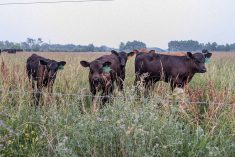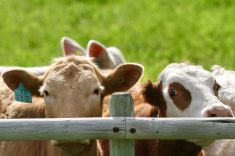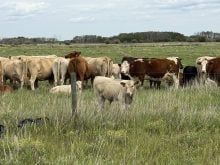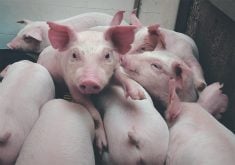CALGARY — The optimism over increasing feeder cattle prices has ended, but not before producers filled their pens with high-priced calves.
Producers are now having to absorb some heavy losses as demand for cattle weakens and the cattle get heavier, said Ron Geitz, market analyst with Alberta Agriculture.
While producers hang on to their calves hoping for a price rally, more and more cattle end up at slaughter plants at undesirably heavy weights.
Bruce Hepburn, head of procurement at Cargill Foods in High River said, they’re seeing animals as high as 1,500 lbs.
Read Also
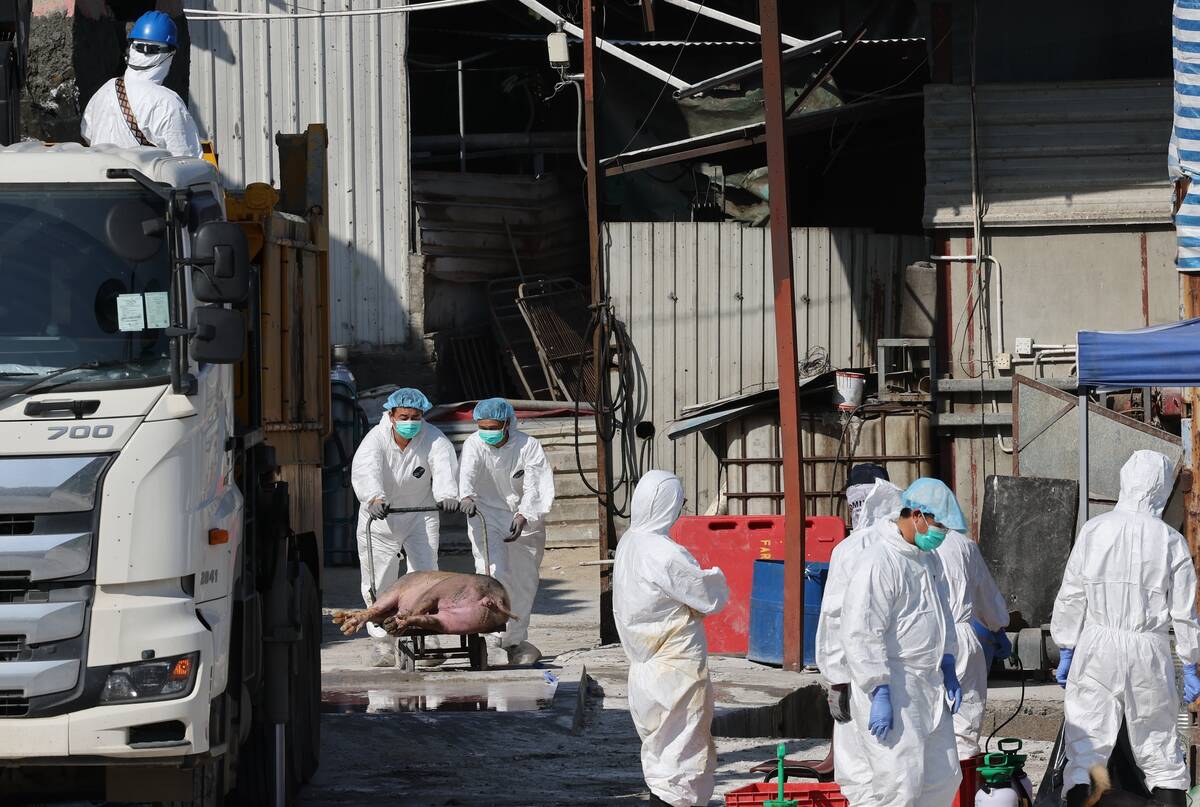
Mixed results on new African swine fever vaccine
The new African swine fever vaccine still has issues, but also gave researchers insight into how virus strain impacts protection against the deadly pig disease.
“We try to stay away from even bidding on cattle that are heavy. We’ve had to step in and buy a few heavier cattle than we like just to get the numbers to keep the kill going,” he said.
Discounts on rail-grade cattle from Cargill range from three cents per cwt on cattle in the 750-800 lb. range, six cents on 800-900 lb. cattle and 25 cents per cwt on cattle over 900 lbs.
Hepburn also expects problems this fall as overlarge grass cattle enter feedlots, creating a problem for packers in the future.
“There’s no question that’s a concern with the grass cattle,” said Anne Dunford, market analyst for Canfax.
Going to be big
People buying grass cattle had high-priced inventory and the cattle are going to be big when they’re placed in feedlots, she said.
“Now as they come close to marketing time … they’re going to have a fairly high break even and one of the easiest ways to cheapen your break even down is to increase your weight when your cost of gain is as low as it is right now.”
It will be tempting for people with good grass to keep the cattle out longer, she said.
But the heavy cattle will strain the system. Already this year there has been a 36-million pound increase so far, equivalent to an extra week of slaughter.
Fed cattle are the crux of the problem. This year the average steer carcass has been 740 lbs. versus 714 lbs. in 1993. Heifers are weighting 675 lbs. compared to 651 lbs.
This translates to 743-million lbs. of beef produced in Canada, five percent more than last year’s 707-million lbs.
All this extra beef leads to increased supplies, which Dunford said is not always a bad thing if the timing is right, just not right now.





